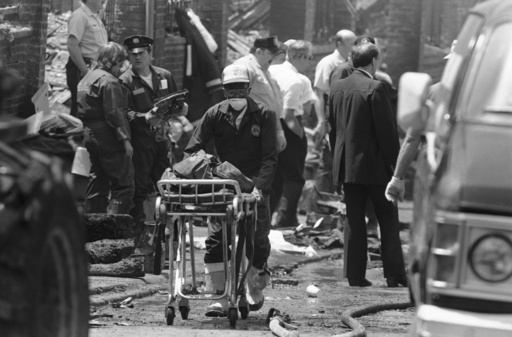
PHILADELPHIA — New human remains linked to a tragic police bombing incident in 1985 have been unearthed at the University of Pennsylvania.
These remains are believed to belong to Delisha Africa, a 12-year-old girl among the eleven people, which comprised five children and six adults, who lost their lives when the authorities bombed the MOVE organization’s headquarters, resulting in a devastating fire that affected numerous neighboring homes.
The remains were found while the Penn Museum was conducting an extensive inventory aimed at relocating thousands of artifacts, some of which are over a century old, into newly upgraded storage facilities.
In 2021, university representatives confirmed that the institution had retained bones from at least one of the bombing victims after assisting in forensic identifications following the tragedy. Shortly thereafter, the city informed relatives about the existence of a box of remains at the medical examiner’s office that had been stored post-autopsy.
The museum could not determine how the recently discovered remains were separated from the previously known remains, however, they notified the family of Delisha Africa as soon as the remains were identified.
In a public statement, the Penn Museum expressed its commitment to transparency regarding any emerging evidence, stating, “Confronting our institutional history necessitates an ongoing examination of how we can maintain museum practices aligned with the highest ethical standards. The treatment of human remains in our care is guided by a focus on human dignity and the preferences of descendant communities.”
The MOVE organization, founded by John Africa, espoused a lifestyle that eschewed modern conveniences, advocated for equal rights for animals, and opposed governmental authority. The group frequently came into conflict with law enforcement, leading to numerous complaints from local residents regarding their practices.
On May 13, 1985, police attempts to remove MOVE members from their headquarters resulted in the bombing, which was executed by dropping explosives from a helicopter. This act triggered a catastrophic fire that consumed over 60 homes in the area, while emergency services were ordered to refrain from intervening.
A report released in 1986 described the decision to bomb an occupied residence as “unconscionable.” In a subsequent lawsuit in 1996, survivors of the bombing received a $1.5 million settlement for their suffering.
